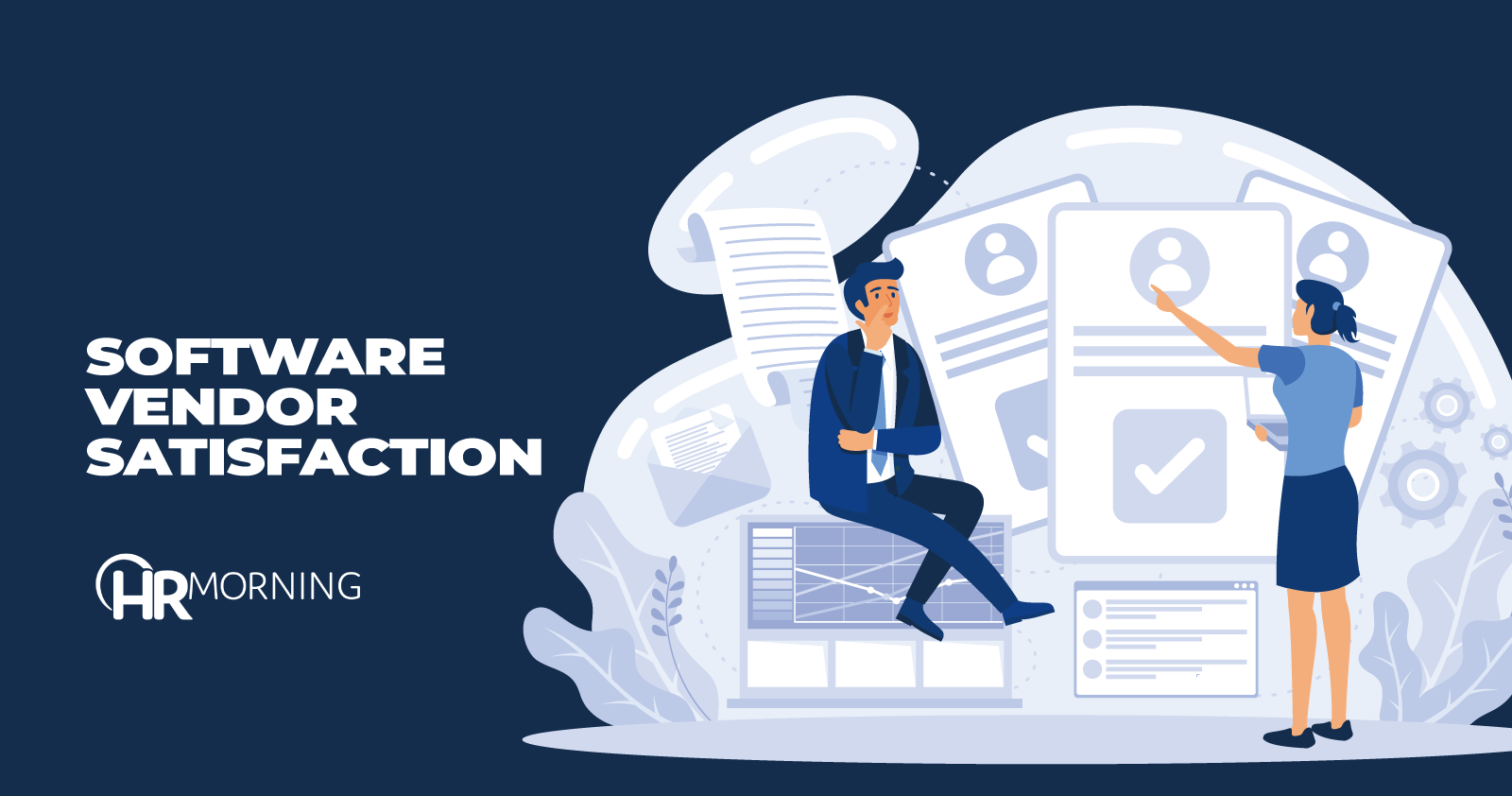HR teams in many companies are growing increasingly dissatisfied with their current HR software vendors, despite the many benefits they provide. This is according to Sapient Insights Group’s annual 2022-2023 HR Systems survey that asked over 2,500 small, medium and large-sized companies for their satisfaction with HR platforms.
Customer expectations have changed in 2022 over prior years because “organizations are dealing with a new set of challenges with high expectations from vendors to help them respond,” the survey reported. In 2020 and 2021, companies were satisfied with their vendor, but in 2022, there was a 7% decline in Overall Vendor Satisfaction and a 6% decline in User Experience. The survey also mentioned that those declines are prominent for Learning, Compensation and Analytics features (declined by as much as 15%).
Why are companies becoming more dissatisfied? The survey delves into these four key reasons:
Pay software vendors too much for features
One of the factors for lower customer satisfaction is cost, and one respondent, a midsize company, mentioned that in order to “optimize their recruiting processes, their recruiting software requires multiple add-ons” which can get expensive. Although HR software typically uses a per-employee, per-month subscription pricing strategy, some vendors prefer businesses pay per module or don’t include specific features in its base price. Therefore, customers would have to pay more for specific features.
Decreased customer service
Two-thirds of respondents currently don’t plan to change their HR software, but it noted that customer service would be one of the important factors if their plans change (other reasons include the ability to scale and moving to cloud software from on-premise systems), according to the Sapient survey.
Some issues regarding customer service in HR software are supplied by real-life feedback from the survey regarding customer service issues:
- “Vendor doesn’t support multiple organizations under one parent company”
- “Software upgrades occur quarterly, which is too often,” and
- “Issue has to be resolved by a technical team instead of a customer service rep, which can take up to a week to resolve.”
Software features doesn’t meet HR’s needs
As the HR landscape changes, several new features have emerged in HR software, such as remote work management, chatbots, artificial intelligence (AI) and on-demand pay. However, not all vendors currently offer these features. In addition, there are some standard features that customers feel aren’t offered or could be improved. For example, 40% of customers surveyed in 2022 want better reporting functionality, up from 30% in 2021, according to the Sapient study.
Another factor to consider is whether the software is meeting business needs. According to the survey, respondents’ confidence that the HR software meets their needs dropped from 82% in 2021 to 73% in 2022. A few reasons for lower customer satisfaction points to performance management features being “inflexible” and that there’s no “connection of performance management to an employee’s skills or compensation.”
Implementation issues that include limited software training
Over 300 businesses have implemented HR systems over the last two years, with 60% of those organizations deploying core HR software, 53% of payroll systems and 47% of time and attendance software, according to the survey. Some implementation tasks, such as change management, project management and data setup, were performed by a company’s internal staff while others (e.g., strategy, data configuration, training) were taken care of by the vendor’s staff or third-party implementation specialists.
Also worthy of note is that HR teams play a huge role in software implementation across all company sizes, while IT teams play a big role within larger companies and not in smaller organizations.
Software implementation timelines can vary from a couple of weeks to up to six months or longer, depending on the number of employees, features and a company’s unique needs. And while successful implementation is a top goal, it’s not always the case. In fact, implementation issues rank as one of the top factors of low Vendor Satisfaction scores for learning management systems, according to the Sapient survey.
One of those issues relate to end user software training. It’s not unusual for users to take a while in learning new software, but it doesn’t help if there’s little or no training resources. Respondents in the Sapient survey reported that HR Analytics and Planning features require extensive training: 28% of those respondents said they’re not happy with a lack of training for administrators, while 27% of those businesses aren’t satisfied with the lack of end user training and support.
Despite the decrease in overall satisfaction for HR software (3.33 average in 2022 vs. 3.71 in 2021), 61% of large companies, 64% of midsize businesses and 72% of small organizations aren’t planning to replace their core HRMS software right now. However, the Sapient survey revealed that 50% of payroll, time management and analytics software users plan to change software vendors sometime in the next two years. Sites like BetterBuys.com can help HR make the right decision.


